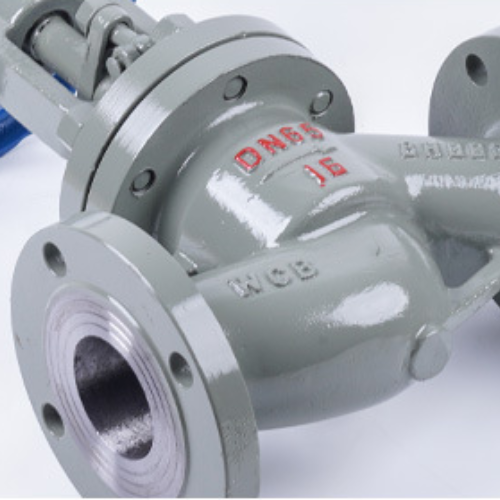Comparison of Ball Valves and Globe Valves for Efficient Fluid Control Systems
Ball Valve vs. Globe Valve A Comprehensive Comparison
When it comes to controlling fluid flow in various industrial applications, two commonly used types of valves are ball valves and globe valves. Each has its own unique characteristics, advantages, and disadvantages that make them suitable for different applications. In this article, we will explore the differences between ball valves and globe valves, their features, applications, and which might be the best choice for specific situations.
Understanding Ball Valves
Ball valves are quarter-turn valves that use a spherical disc to control flow. The sphere, or ball, has a hole through its center that allows fluid to pass when aligned with the flow direction. When the valve is turned 90 degrees, the hole is perpendicular to the flow, effectively shutting off the flow. This design is simple and provides a reliable seal.
Advantages of Ball Valves
1. Quick Operation Ball valves can be opened or closed with just a quarter-turn, making them ideal for applications requiring rapid shutoff or throttling. 2. Minimal Pressure Drop Due to their wide-open flow paths when fully opened, ball valves minimize pressure loss, which is essential in high-pressure systems.
3. Durability Made from robust materials like stainless steel, brass, or plastic, ball valves can withstand harsh environments and corrosive fluids.
4. Low Torque Requirement They require less torque to operate compared to other types of valves, reducing wear and tear on the actuator.
Applications of Ball Valves
Ball valves are widely used in various industries, including oil and gas, water treatment, chemical processing, and HVAC systems. They are particularly effective in applications where a quick shut-off is necessary.
Understanding Globe Valves
Globe valves, on the other hand, feature a spherical body with an internal baffle that divides the flow path and creates a smooth flow. The movement of a disc, which is connected to a stem, regulates the flow. Unlike ball valves, globe valves are primarily designed for throttling purposes.
Advantages of Globe Valves
ball valve and globe valve

2. Solid Leak Prevention The design of globe valves ensures that they can effectively prevent leaks, making them suitable for high-pressure applications.
3. Flow Direction Versatility Globe valves can be installed in multiple orientations, which adds versatility in piping layouts.
4. Robust Design They can handle significant pressure drops due to their internal flow path, making them ideal for applications involving varying flow rates.
Applications of Globe Valves
Globe valves are commonly found in applications requiring flow regulation, such as steam, water, oil, and gas systems. They are often used in power plants, refineries, and chemical plants due to their ability to manage flow control effectively.
Comparing Ball Valves and Globe Valves
The choice between ball valves and globe valves largely depends on the specific needs of the application. Ball valves are typically preferred for applications needing quick shut-off and minimal pressure drop, while globe valves are advantageous for situations requiring precise flow control.
1. Flow Control Ball valves provide on/off control with minimal throttling capabilities, whereas globe valves are designed to handle variable flow rates and control.
2. Operational Speed Ball valves can be operated quickly, whereas globe valves require more time for adjustment due to their design.
3. Pressure Drop In general, ball valves create less resistance to flow than globe valves, which can lead to lower pressure drops in systems.
4. Maintenance Ball valves tend to require less maintenance compared to globe valves, which may need regular adjustments to ensure sealing performance.
Conclusion
In summary, both ball valves and globe valves have unique properties that make them suitable for different applications. When deciding which valve to use, consider factors such as the required flow control, operational speed, pressure conditions, and maintenance needs. Understanding the strengths and weaknesses of each type of valve will help in making an informed decision that best fits the specific requirements of the system in question.
-
The Key to Fluid Control: Exploring the Advantages of Ball Valves in Industrial SystemsNewsJul.09,2025
-
The Versatile World of 1, 2, and 3 Piece Ball ValvesNewsJul.09,2025
-
Stainless Steel Ball Valves: The Ideal Choice for Efficient Flow ControlNewsJul.09,2025
-
Optimizing Fluid Control with Ball Float ValvesNewsJul.09,2025
-
Manual Gate Valves: Essential for Control and EfficiencyNewsJul.09,2025
-
Everything You Need to Know About Butterfly ValvesNewsJul.09,2025
-
The Versatility of Wafer Type Butterfly ValvesNewsJul.08,2025




